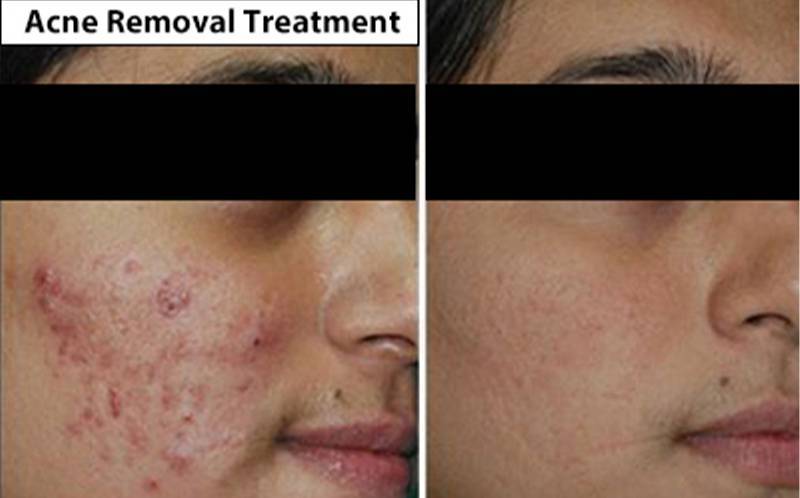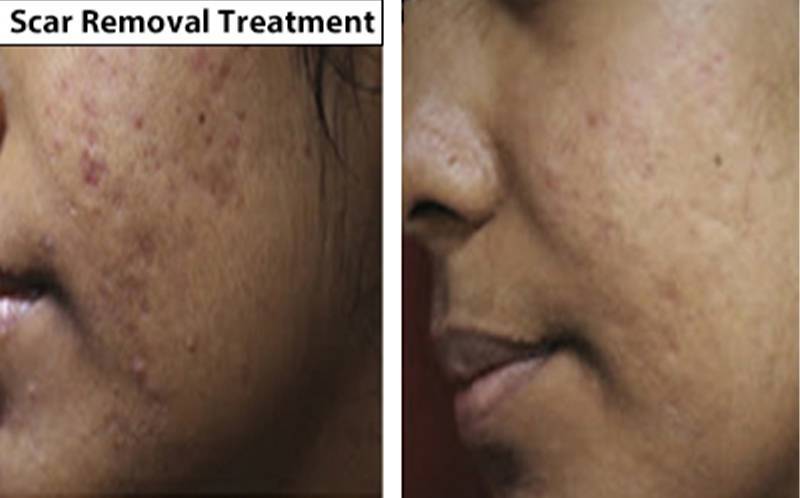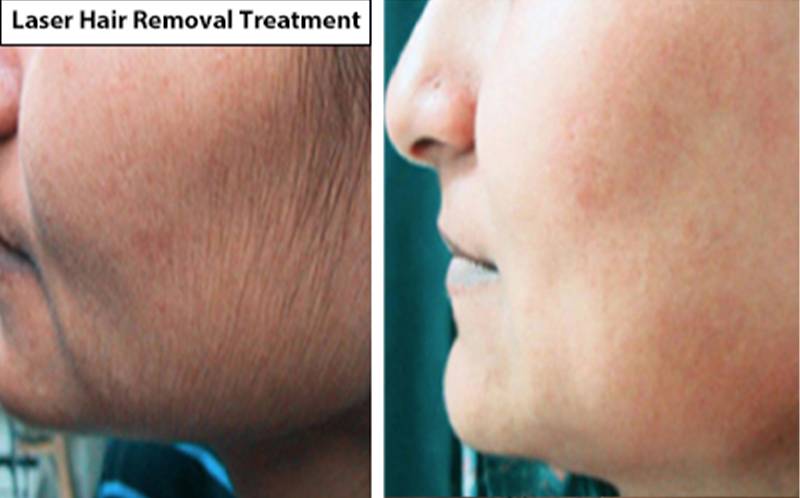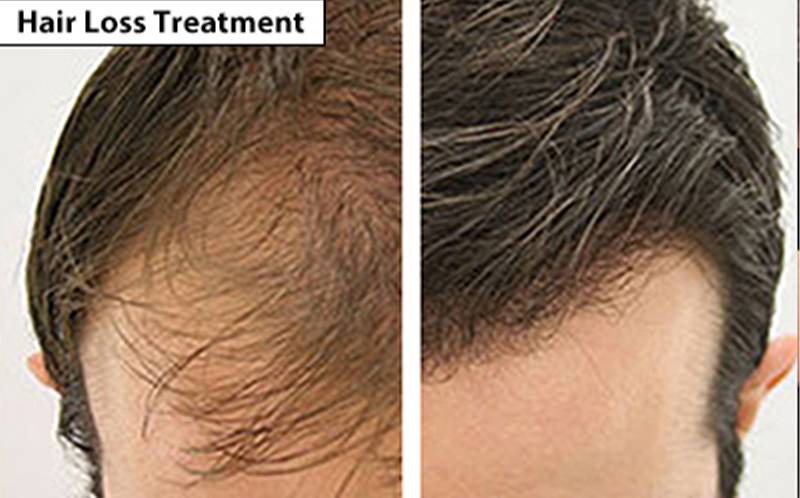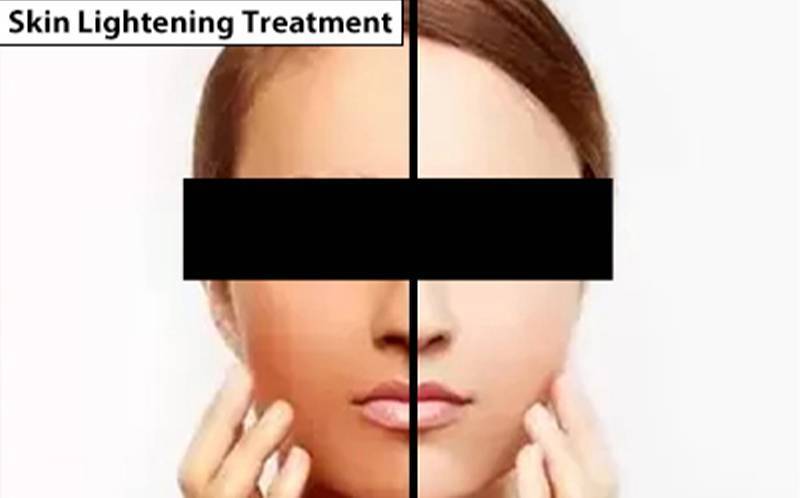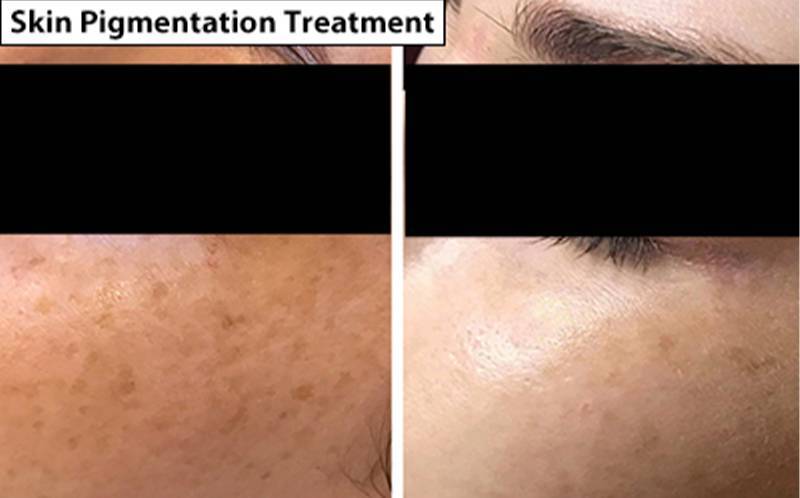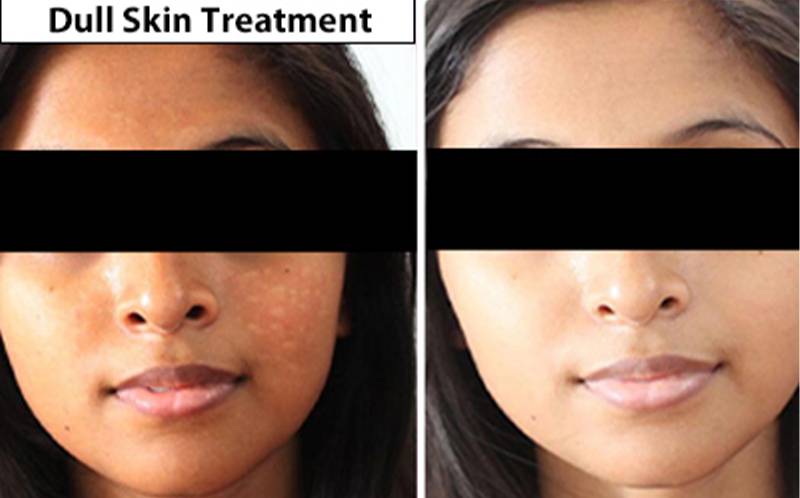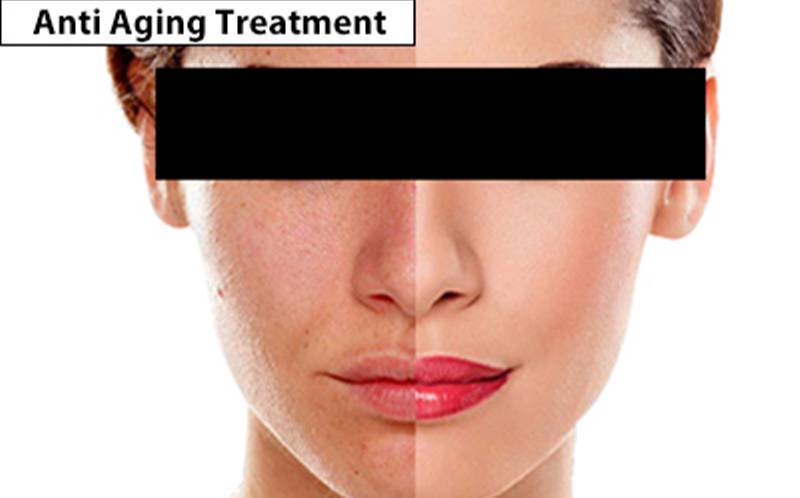Dandruff is a common scalp condition characterized by the shedding of dead skin cells from the scalp, leading to flakiness and itching. The exact cause of dandruff is not fully understood, but factors such as dry skin, sensitivity to hair products, fungal overgrowth, and certain skin conditions like psoriasis or eczema can contribute to its development.
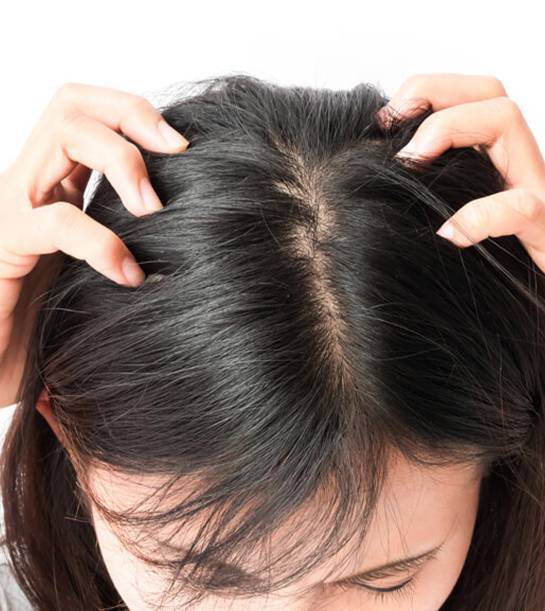
Anti-Dandruff Treatment In Hyderabad
Dandruff, a common scalp condition causing flakiness and irritation, can be a persistent concern for many. In Hyderabad, Dermiq presents an innovative and specialized Anti-Dandruff Treatment designed to tackle this issue at its roots, providing lasting relief and restoring confidence. Let’s delve into the causes, risk factors, expert treatments, effective solutions, and proactive management tips to bid farewell to dandruff.
Causes Of Dandruff:
Understanding the factors contributing to dandruff is essential for effective treatment. Dandruff can result from dry skin, sensitivity to hair products, fungal overgrowth, or skin conditions like psoriasis or eczema. Lifestyle factors, such as stress and diet, can also play a role.
Photo facial: Chemical Peel Treatment in Hyderabad:
While Anti-Dandruff Treatment focuses on the scalp, it’s crucial to address overall skin health. Dermiq offers a range of treatments, including Photo Facial and Chemical Peel, in Hyderabad. These treatments rejuvenate and enhance skin texture, addressing concerns beyond the scalp.
Dandruff Risk Factors:
Certain factors increase the risk of developing dandruff. Oily skin, infrequent shampooing, use of harsh hair products, and certain medical conditions are common contributors. Understanding these risk factors is crucial for a comprehensive Anti-Dandruff Treatment plan.
Expert Treatments Available in Hyderabad:
Dermiq, with its state-of-the-art clinics in Jubilee Hills, Kondapur, and Kajaguda, stands out as a leader in dermatological treatments in Hyderabad. Our expert dermatologists employ advanced techniques to diagnose the specific causes of dandruff and tailor treatments accordingly.
Discover Effective Treatments in Hyderabad:
The Anti-Dandruff Treatment at Dermiq involves a thorough examination of the scalp, allowing our dermatologists to identify the root cause of dandruff. This personalized approach ensures effective and long-lasting results. Medicated shampoos, topical treatments, and advanced procedures may be part of the treatment plan, aiming not only to eliminate existing dandruff but also to prevent its recurrence.
How to manage dandruff:
In addition to professional treatment, proactive management is crucial for maintaining a healthy scalp. Regular and gentle cleansing, avoiding excessive use of hair products, managing stress, and maintaining a balanced diet contribute to overall scalp health. Dermiq’s dermatologists guide effective home care to complement professional treatments.
Say Goodbye to Dandruff:
With Dermiq’s specialized Anti-Dandruff Treatment in Hyderabad, individuals can say goodbye to the discomfort and embarrassment associated with persistent dandruff. The treatment is designed not only to address the visible symptoms but also to promote a healthier scalp environment, preventing future recurrences.
In conclusion, Dermiq’s commitment to excellence in skin and hair care extends to the innovative Anti-Dandruff Treatment offered in Hyderabad. The multi-faceted approach, including expert diagnosis, personalized treatments, and proactive management, ensures a comprehensive solution for those struggling with dandruff-related concerns. Whether you’re in Jubilee Hills, Kondapur, or Kajaguda, visit Dermiq to experience a transformative journey towards a healthy, flake-free scalp. Rediscover confidence and comfort with Dermiq’s Anti-Dandruff Treatment – a beacon of hope for those seeking lasting relief from persistent dandruff issues.
How To Get Started?
We have clinics in Hyderabad at three convenient locations. You can visit any of our clinics in Kondapur, Jubilee Hills and Khajaguda.
Frequent Asked Questions
The most effective treatment for removing dandruff varies depending on the underlying cause. Medicated shampoos containing ingredients like zinc pyrithione, selenium sulfide, ketoconazole, or salicylic acid are commonly recommended. However, a personalized treatment plan, as offered by dermatologists, may involve a combination of medicated shampoos, topical treatments, and lifestyle modifications for optimal results.
Yes, dandruff can be caused by underlying skin conditions or medical issues such as psoriasis, eczema, or seborrheic dermatitis. It is essential to consult with a dermatologist to determine the specific cause of dandruff and receive appropriate treatment tailored to the individual’s needs.
While the direct link between diet and dandruff is not well-established, maintaining a healthy lifestyle can contribute to overall scalp health. Regular and gentle cleansing, avoiding excessive use of hair products, managing stress, and maintaining a balanced diet rich in vitamins and minerals can help prevent or manage dandruff.
Dandruff itself is not a direct cause of hair loss. However, persistent scratching of the scalp due to itching associated with dandruff can damage hair follicles and lead to hair breakage. To prevent this, it is crucial to effectively manage and treat dandruff. Dermatologists can recommend appropriate treatments to address both dandruff and any related scalp issues.
Yes, dandruff can be caused by underlying skin conditions or medical issues such as psoriasis, eczema, or seborrheic dermatitis. It is essential to consult with a dermatologist to determine the specific cause of dandruff and receive appropriate treatment tailored to the individual’s needs.
These frequently asked questions provide valuable insights into the nature, causes, and management of dandruff. For personalized advice and effective treatments, consulting with a dermatologist is recommended to address specific concerns and promote a healthy scalp.
Before & After
Our clients Success Stories
Testimonials
Here is what our Happy Patients have to say..





